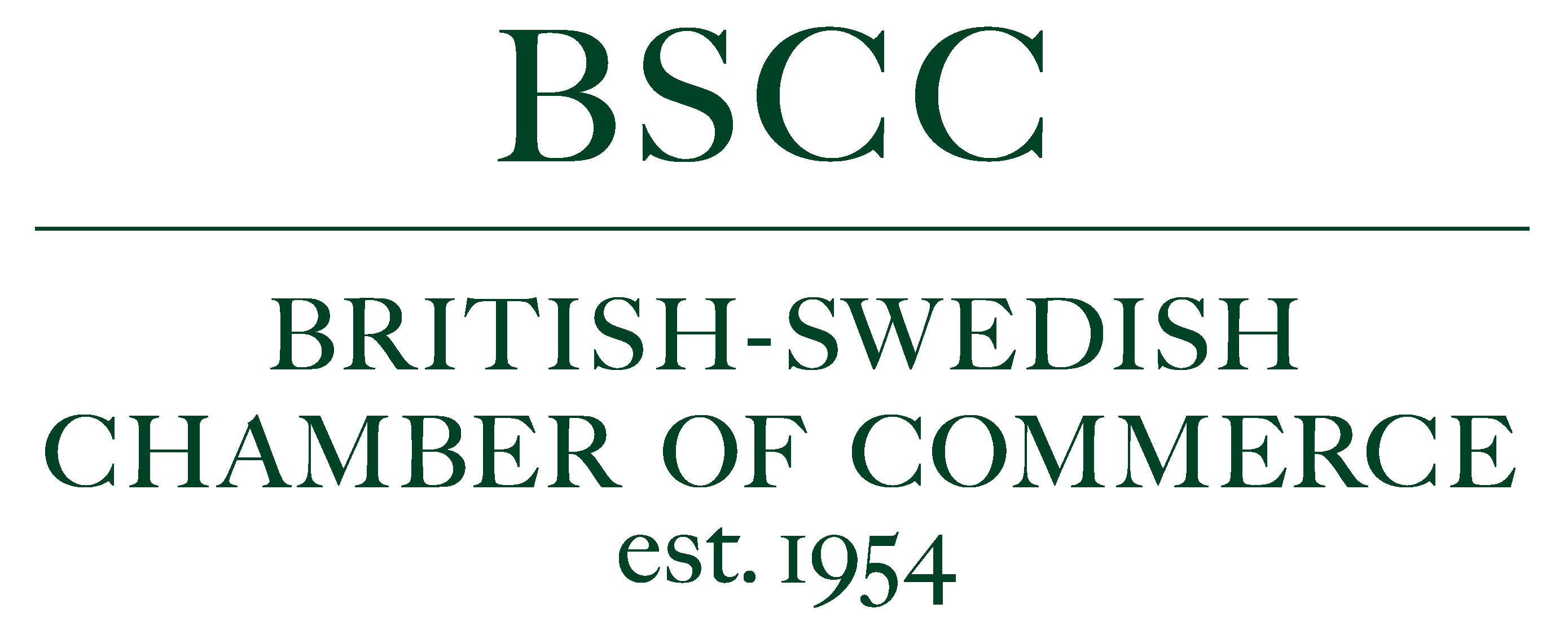Trends With: Maria Ericson
What trends do you see within your line of business?
Firstly, AI and digitalization are transforming life-science, and expect to see this evolution continue rapidly in the future—from drug discovery to clinical trials. AI is already beginning to save time, reduce manual efforts, and improve overall efficiency.
Secondly, personalized medicine, also known as precision medicine, is gaining importance. There will be a greater shift toward tailoring medical treatments to an individual’s genetic set-up. Personalized medicine enables healthcare providers to deliver the right treatment to patients at the right time. Precision medicine increases the possibilities of identifying and preventing diseases at an early stage.
Thirdly, sustainability and environmental considerations are increasingly important. Sustainability in the life-science is crucial, including environmental considerations in the production of medicines, ensuring access to medicines worldwide, providing good working conditions for employees, as well as fostering medical innovation.
From your perspective, what are the greatest challenges right now?
The life science sector is one of Sweden’s most strategic and important base industries. It is Sweden’s second-largest export industry, contributing over SEK 70 billion annually to GDP. Life sciences contribute to a healthy population, build a resilient society, and support a strong civil defense. However, the sector faces competition, particularly from the US and China, which are investing heavily in life sciences. According to a recently published competitiveness report by Mario Draghi, Europe has lost 25% of its share of global R&D investment over the past two decades.
As global competition increases, efforts are needed to strengthen the competitiveness of both the EU and Sweden in this area to avoid losing investments and expansions to other countries.
And, opportunities?
Life sciences and the healthcare system are facing significant opportunities. Advances in AI, digitalization, and the increasing availability of high-quality health data are creating new possibilities. By utilizing and sharing structured health data, a stronger foundation for diagnoses and treatments is established, which increases patient safety, enables more personalized care, and promotes research and the development of new treatments.

